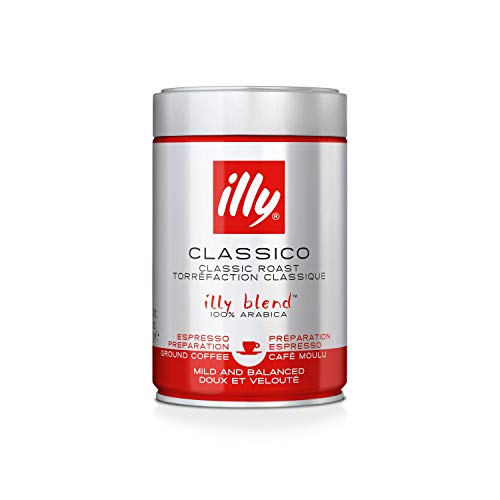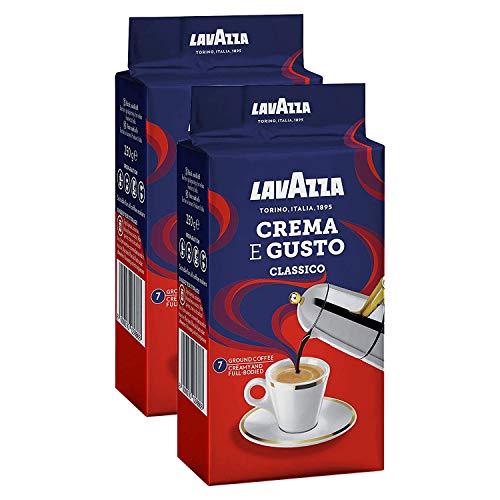What Ground Beans Experts Want You To Be Able To
페이지 정보
작성자 Gilbert 작성일23-12-13 21:46 조회2회 댓글0건관련링크
본문
 Whole Beans Vs Ground Beans
Whole Beans Vs Ground BeansMany coffee enthusiasts prefer whole beans, but many do not have grinders. Ground coffee is readily available in the majority of supermarkets and is the ideal size for a drip coffee maker.
Grinding the beans increases the surface area of the beans, which causes the coffee to oxidize and decay much faster than whole beans. This process, also referred to as degassing coffee, diminishes the flavor of the coffee.
Legumes
Legumes are a dietary staple in many countries, however they're not as popular in the United States. They're low in fat and contain an abundance of protein. They're also a great source of fiber and can be used as a meat substitute in many recipes. Studies have shown that eating legumes can help manage weight and reduce the risk of heart disease.
Around 16,000 different types of beans and legumes are grown in the world. Some beans and legumes, like green peas or snow peas, are eaten from their pods while others, such as soybeans, peanuts and soybeans that are immature, have seeds in them. These plants are edible components of a plant family called Fabaceae. This includes legumes, tree nuts, peanuts and flowering plants.
Most legumes have symbiotic relationships with bacteria, known as rhizobia. These are found within their root structures called nodules. The rhizobia assist the plant by fixing atmospheric nitrogen, making it into a form that it can utilize. This makes the legume an essential part of the cycle of crops.
A cup of cooked beans is a fantastic source of complex carbohydrates, protein, and dietary fiber. They are also a good source of iron, potassium folate and vitamin B6. They are an essential part of healthy eating patterns such as the Mediterranean diet and DASH diet. They're particularly helpful in reducing the risk of type 2 diabetes. They lower cholesterol, blood pressure, and inflammation.
To get the greatest nutritional value from legumes, it is recommended to eat them fresh or cooked instead of in ready-to-eat meals. Steaming or boiling them is the best way to cook them. It's a good idea also to soak larger beans such as navy, black or kidney beans prior to cooking. This will make them easier to digest, and lower their phytic acid content.
A simple salad of legumes can be made by mixing cooked legumes with chopped herbs, olive oil, and lemon juice. For variety, add walnuts, diced fruit chicken breasts, sliced pieces of meat or any other ingredients you like.
Lentils
There are a variety of lentils, however they all provide a simple-to-digest protein source. One cup of lentils contains 180 calories as well as 19 grams of fiber and 11 grams of protein. They are high in lysine - a key amino acid that is essential for protein production and contain a small amount of fats. They are also an excellent source of folate, a nutrient that is often lacking in vegetarian diets. They are a staple of the vegan kitchen, just like other beans.
The bag of lentils will last for many years when stored in a cool, dark and dry area. The cupboard is the best place to store lentils because it keeps their flavor and texture. They are usually a little cheaper than other legumes, so they're a great choice for meals that are budget-friendly.
Dried lentils are a time-saver and can be stored in an airtight container in the refrigerator for up to a week or frozen for up to three months. They can be added to soups or stews simmering in water or cooked in a pot along with water. They can be heated in the microwave or oven.
When cooked, the majority of lentil varieties maintain their shape and possess an earthy flavor. Brown lentils (sometimes referred to as brewer's beans) are the most commonly available in grocery stores. They are ideal for soups, salads and side dishes.
Green lentils have a more compact, rounded shape but still with a firm texture after cooking. They are also a great choice for adding to salads or as the base of a grain bowl. The French green lentils (also known as Puy lentils) have a unique taste due to the volcanic soil in which they are grown. They are best used for light salads and braised dishes.
Red lentils range from brightly orange to yellow and have a softer and sweeter taste than green or brown. They also disintegrate into a smooth consistency when cooked, which makes them the ideal choice for Indian dals and curries.
Specialty lentils are available in various colors and flavors as well as textures. Black lentils are nutty in flavor and are the least popular of all varieties. These are best suited to hot or cold salads, and can be used to make lentil burgers.
Beans
Beans are a plant-based source of protein, which is packed with minerals and vitamins. They are also rich in dietary fibre which helps food move through your digestive tract less quickly and prevents indigestion. Beans contain antioxidants that fight free radicals and may reduce the risk of heart cancer or other diseases.
Bean varieties differ in the shape of their seeds and pods as well as in size, shape, and texture. Some are erect trees and others are vines or climbing plants. Some are grown to produce mature or immature seeds while others are cultivated to produce edible pods. Some varieties are grown as raw, green soybeans (edamame), which are then cooked with salt and pepper, and added to salads or stir-fried along with vegetables.

댓글목록
등록된 댓글이 없습니다.

